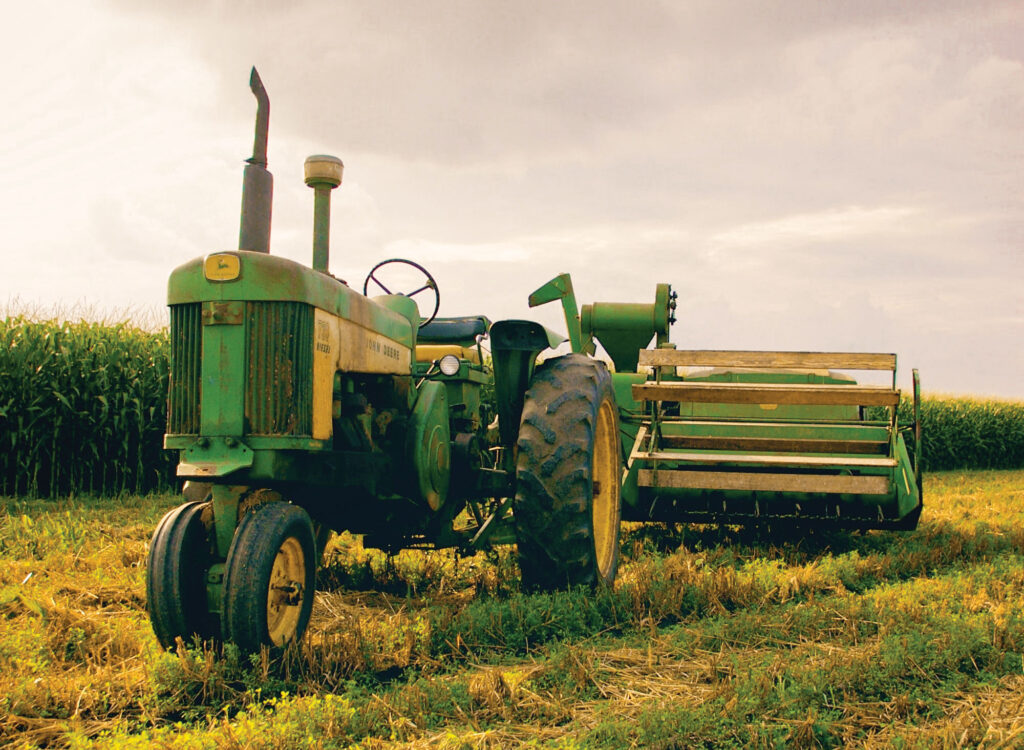
Maintaining belts, hoses and gearing up for winter
It sure can be frustrating to fire-up a trusted machine like a tractor, only to have it sputter, squeak or shutdown. Farmers rely on their machinery and need the equipment to properly function whenever there is work to be done.
The type and timing of service required depends on the age of the equipment Additionally, tractors and other machinery stored outside require extra care compared to equipment housed inside a barn or shed.
Farm equipment service experts recommend routine maintenance on tractors and other machinery. “Every time before you take off you are supposed to check all your fluid levels and do a walk around inspection for safety,” Tony Herrington, Bobcat service manager with Williams Tractor, in Fayetteville, Ark., said.
Herrington recommends conducting a visual inspection of the belts, hoses and other parts of the tractor before each use. Staying ahead of any potential issues can save time and money in the long run.
Belts and hoses are critical to the proper operation of tractors and other machinery. Experts suggest thoroughly checking belts and hoses at each service interval. Every time that filters and fluids are changed, the belts and hoses should get a thorough inspection.
Typically, there will be visible signs of wear on hoses. Solid rubber hoses will start to fray and crack. “Over time the rubber will start to break down and start to deteriorate slightly,” Herrington explained.
In addition, while inspecting the hoses take a close look at the point where the radiator hose connects to the radiator. Many times, the hose can wear down at the connection point.
Equipment service specialists recommend checking belts for signs of splitting, oil soaking, cracking or fraying. If any of these conditions exist, it’s time to get the belts replaced.
Winter weather can exacerbate potential problems with machinery. Experts recommend farmers add a treatment to diesel, such as HEET, in order to protect the fuel line during cold temperatures. “Right now, is the best time to do it and they need to make sure they add it throughout winter because we are probably going to have some freezes,” Kevin Riley, S&H Farm Supply Tractor Shop Service Writer, in Lockwood, Mo., said. “I know that was a big issue we had last year.”
Riley also advises tractor owners to check the coolant levels to make sure they are where they need to be. “A lot of farmers in the summer like to put water in it and keep on going, so filling it with proper coolant will keep it from freezing,” Riley explained.
Tractors should be plugged in and heated during the cold winter months.
“Whenever you fire it up give it a good 15 to 20 minutes at 15-hundred rpms to make sure it is warmed up before you start working it,” Riley advised.
Lastly, owners should check their tractor’s fluid levels to make sure they are topped off and inspect the tractor for any leaks.






